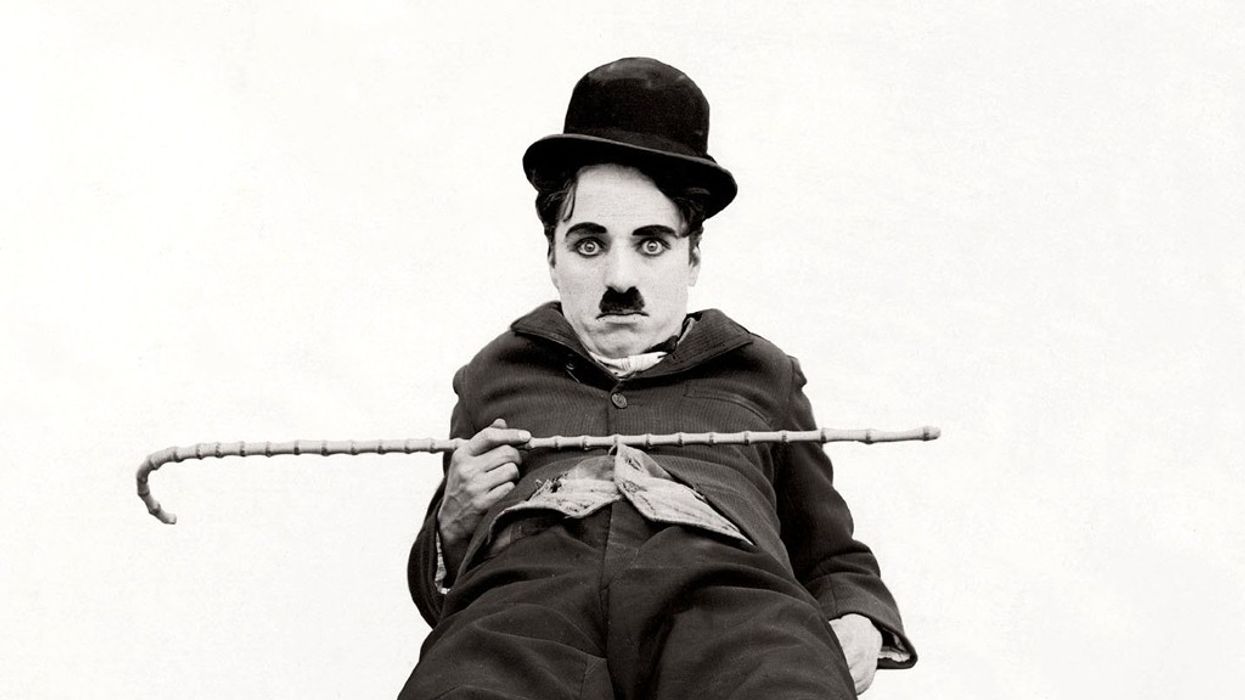After getting his start as a vaudeville performer, Charlie Chaplin turned his sights toward filmmaking during the silent era, effectively becoming one of the first "movie stars" in cinematic history. But his contribution to what would become the star system wasn't the only thing Chaplin did to change the film industry. In fact, in this video essay Darren Foley of Must See Films explores how the London-born actor and director influenced the very fiber of cinema by managing to infuse heart into his iconic form of comedy.
Silent era comedies were full of prat falls, sight gags, and the classic "slipping on a banana peel" schtick. Cinema icons Buster Keaton and Harold Lloyd built their careers upon this slapstick form of comedy, but where Chaplin differs from his fellow comedians is how his brand of comedy affected audiences on a psychological level.
There are many different theories of humor from philosophers like Sigmund Freud and Mikhail Bakhtin, but the one that seems to make the most sense within the context of silent era slapstick comedy is that of English philosopher Thomas Hobbes' "superiority theory" (which also traces back to Plato and Aristotle). It suggests that humans take delight in other people's misfortunes as a way to feel superior—giggling via schadenfreude, as it were. We laugh at the muscle-bound dude who slips and falls in front of his date, because he's big and we're not. We laugh at the bumbling crooked cop who accidentally cuffs himself to a radiator, because he has power and we don't. (You get the idea.)
However, this wasn't the case for Chaplin's iconic character, The Tramp. Instead, he made audiences laugh because they related to his suffering, and laughter, according to Harvard professor George Eman Vaillant, is a defense mechanism that allows people to explore and talk about things that are unpleasant and painful. The way Chaplin incorporated tragedy into his comedies gave audiences someone they could truly identify with as they struggled to survive the Great Depression.
Chaplin's comedic explorations into the human condition transformed cinema, mostly comedies, from a mere novelty into a zoetic art form, because his films were able to address real issues with dimensional characters in a way that made them easier to talk about. In other words, his films might've been funny because The Tramp wore big shoes and a tiny jacket, but they were great because he was too impoverished to afford anything else—and that was something audiences at the time could really understand.
It kind of makes one of Chaplin's most famous quotes more poignant than ever: "Life is a tragedy when seen in close-up, but a comedy in long-shot."
Source: Must See Films













